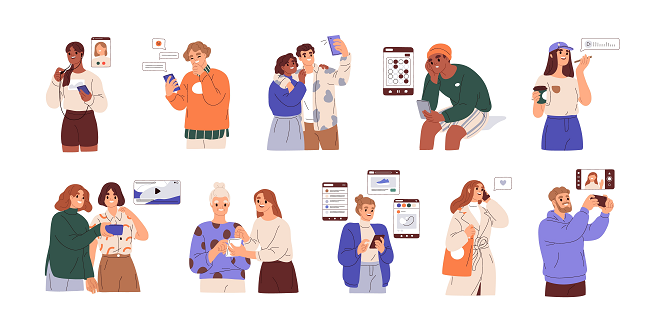Tiny Helpers might Save the Planet

A university scientist investigates how one thing can consume another while still serving other purposes. “We are all aware that plastic waste is a major issue in the environment, particularly in the marine environment,” the scientist said. “We discovered that mealworms, these tiny, innocuous insects found pretty much everywhere, can eat and degrade a variety of plastics.”
In 2015, the ability of these worms to consume polystyrene was discovered, sparking an entirely new field of study. The scientist’s initial discovery was that mealworms chomp down on polyethylene. The mealworms are chasing the energy produced by dissolving the polymer bonds in the plastic because it contains no nutrition. They achieve this by using a potent bacteria in their intestines that converts most plastic into only hydrogen and carbon. However, two ingredients used in the production of plastics, stabilizers and plasticizers, are difficult to degrade.
The scientist is currently attempting to understand how a mealworm accomplishes its tasks. “You can throw your plastic in, and hopefully it’ll all break down,” she says.




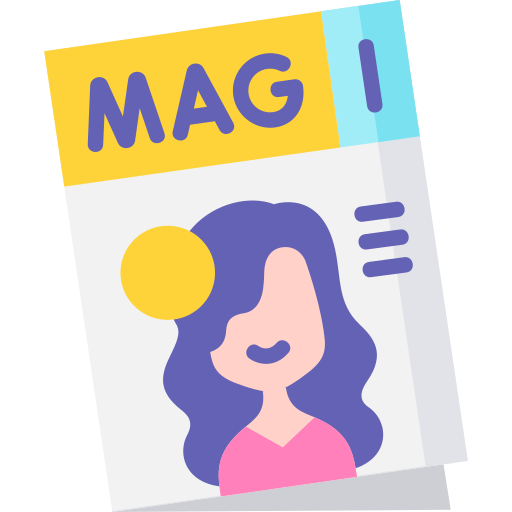



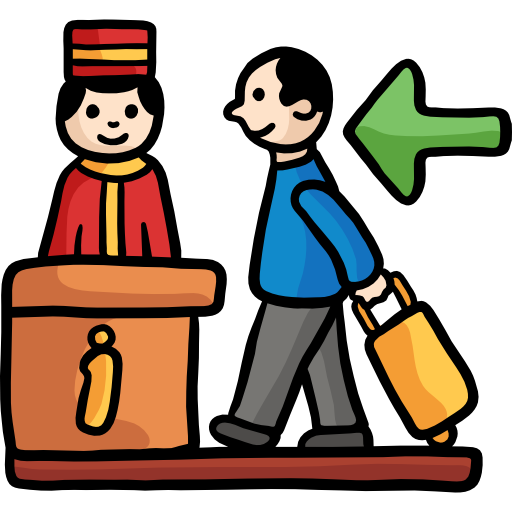














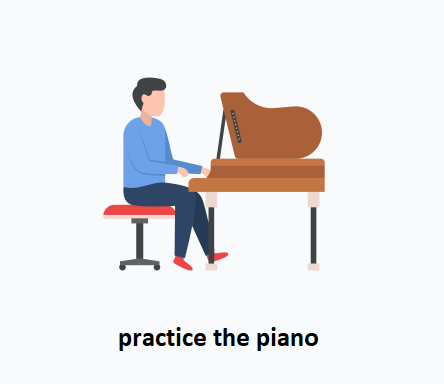







































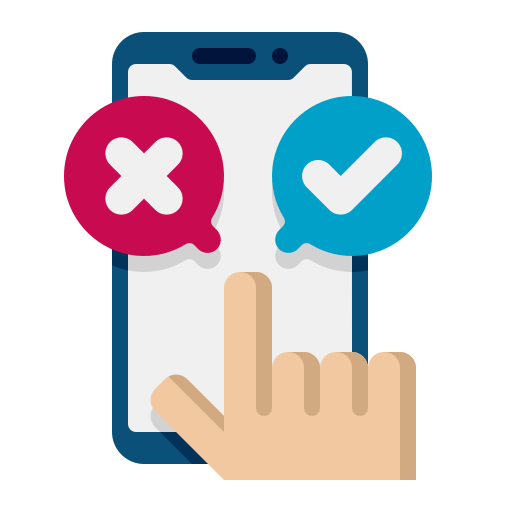










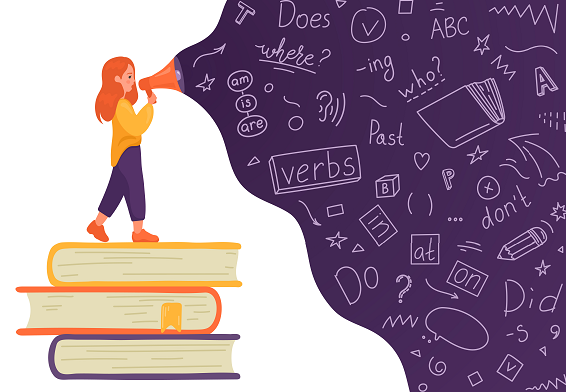

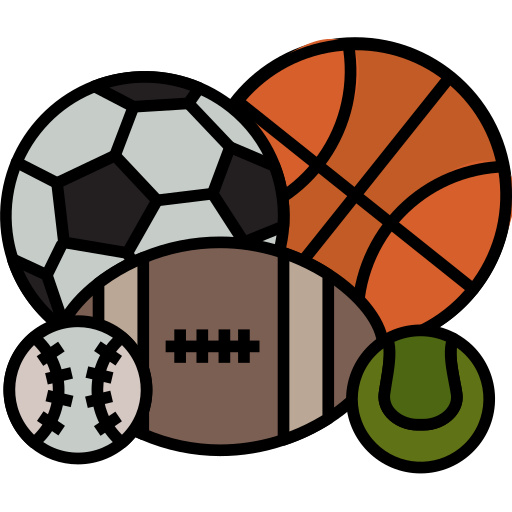

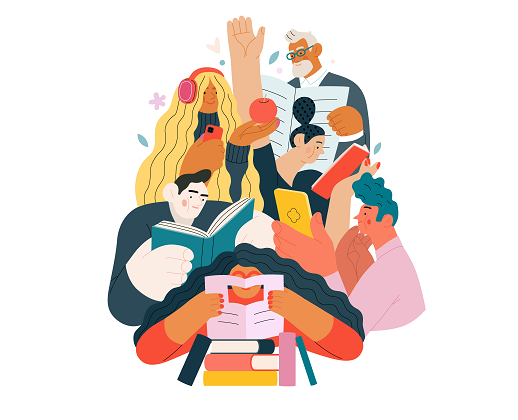

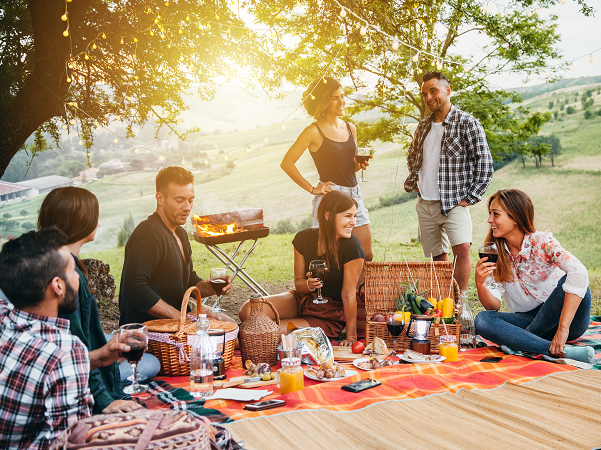


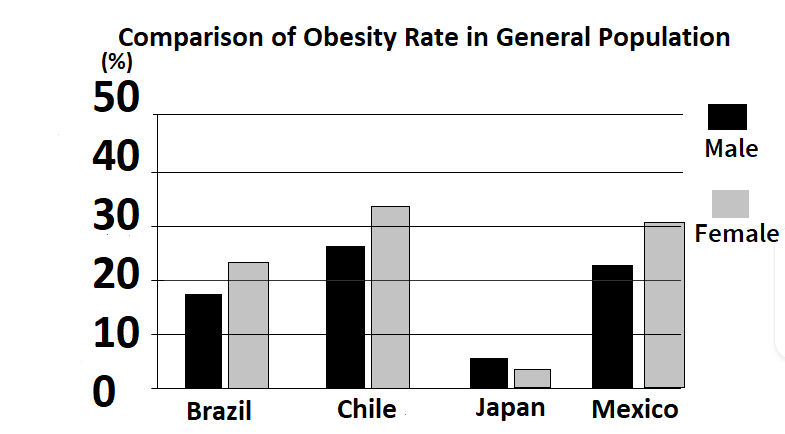
 GOOD
GOOD 






